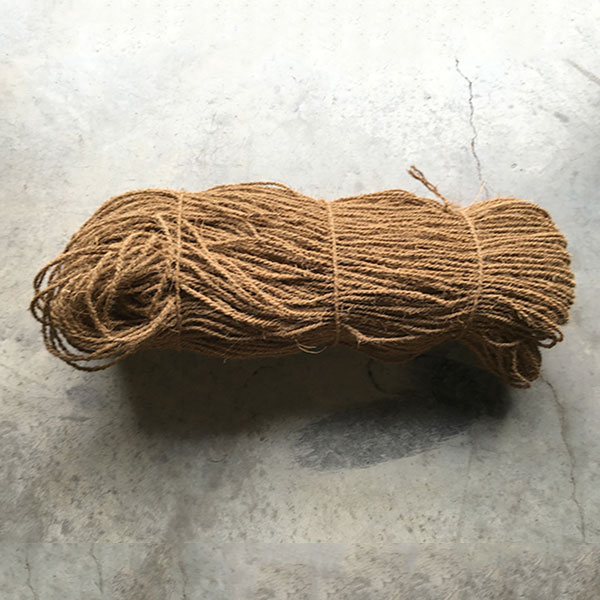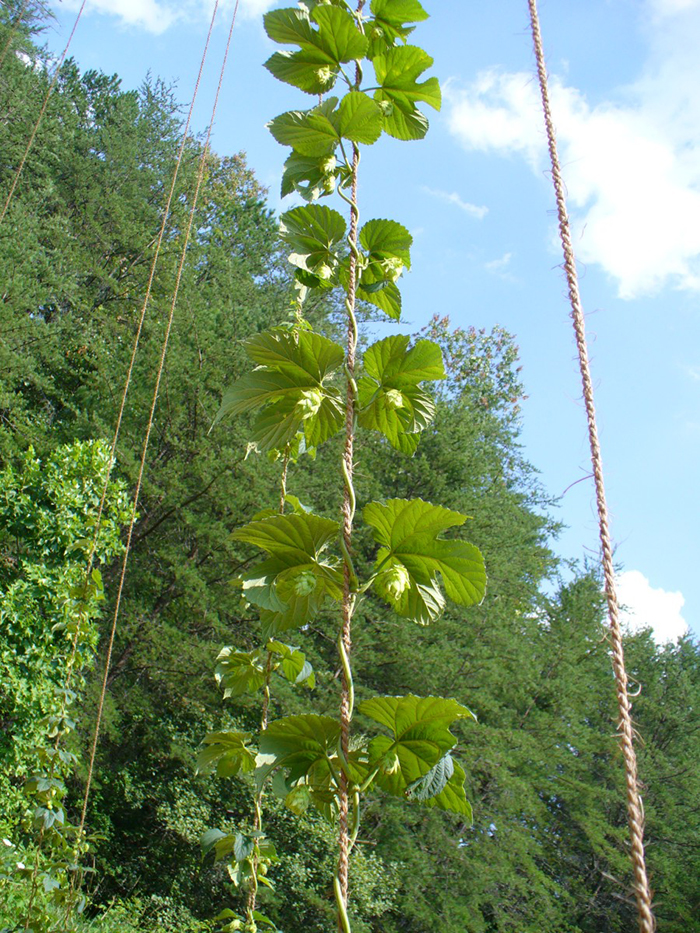
Coir hop twines are heavily used in growing hops and vineyard management due to their exceptional tensile strength, coarse texture, and biodegradability. These twines are made from coconut fiber, a naturally occurring material that reduces the risk of environmental degradation. At RoLanka International, we offer high-quality coir hop twines at affordable prices that can be used for various applications. They are available in two convenient options: 100 lbs strength, 21-ft long coir twine strings in compressed bales (2400 strings/bale) for full container loads, and bundles of 100 strings for smaller growers.
In this blog, we will discuss some crucial installation tips for coir hop twines to ensure secure and effective installation.
Materials Needed for Twine Installation
Coir Twines
The number of twines needed per hill can vary depending on factors such as hill spacing, plant age, and trellis design. Typically, you’ll require 1 to 4 twines per hill. Commercial hopyards often use 2 twines per hill. It’s important to ensure you have the correct quantity and size of twines for your specific needs.
W Clips
W-shaped metal clips are critical for securing coir hop twines into the ground. These clips have two arms that open up to function as anchors, creating resistance against the soil to firmly secure the twines.
W Clip Applicator
The W clip applicator is a specialized tool designed for effortlessly securing W clips into the ground while attaching them to coir twines. This tool typically features a footpeg and a handle for applying the necessary pressure during installation.
Prewetting the Coir Twines
Before you begin the installation process, it is advisable to prewet the coir twines. This involves soaking them in water for 24 hours. Prewetting serves several purposes:
- It enhances the pliability and flexibility of the twines, making them easier to work with during installation.
- Heavier twines, in particular, are less susceptible to movement caused by wind, ensuring a more stable trellis system.
- As the prewetted twines dry, they tend to shrink, which helps to tighten the knots and ensure a secure installation.
Installation of Twine
Now, let’s walk through the steps for properly installing twines in your trellis system:
Step 1: Secure the Twines to the Top Cable
Begin by tying the coir twines to the top cable of the trellis using a simple hitch knot. This may require the use of a scissor lift or scaffolding system to reach the desired height. It’s crucial to maintain a consistent distance between the twines, aligning them with the spacing between hills.
Step 2: Secure twines to the ground.
To secure the twines to the ground, follow these steps:
- Attach a W clip to the applicator tool.
- Position the W clip applicator over the twine.
- Pinch the twine between the two bottom points of the W clip.
- Insert the twine into the ground by applying pressure to the footpeg of the W clip applicator.
Why Choose RoLanka’s Coir Hop Twine?
Our coir hop twine offers several advantages over traditional materials like wire or synthetic twine:
- Biodegradable: Coir hop twine is 100% natural and biodegradable. As it decomposes, it enriches the soil, reducing waste and environmental impact.
- Gentle Support: Unlike wire, coir twine provides gentle support to grapevines. It reduces the risk of damage to the vines and allows for natural movement, fostering healthier growth.
- Eco-Friendly: The production of coir twine involves minimal processing and does not contribute to pollution or habitat destruction, making it an environmentally responsible choice.
- Excellent Tensile Strength: Coir twine is strong and durable, capable of supporting heavy grapevine canopies without sagging or breaking.

At RoLanka International, we also offer other coir-based products, including coir erosion control products, streambank restoration products, sediment control products, etc., to provide an eco-friendly solution to agricultural problems. Explore our complete range here or contact us for details.
